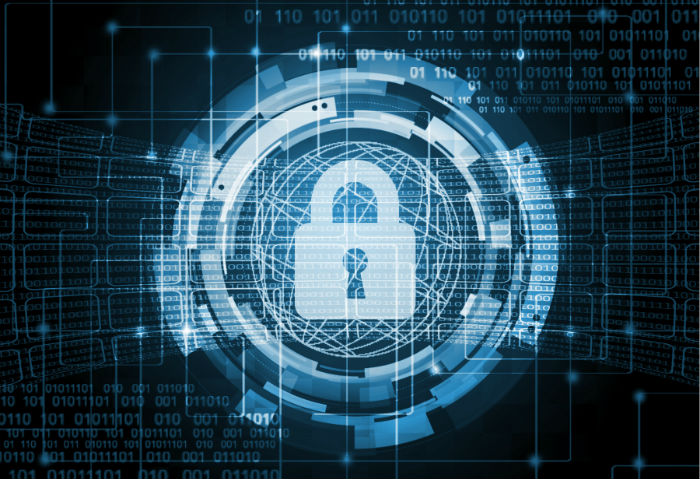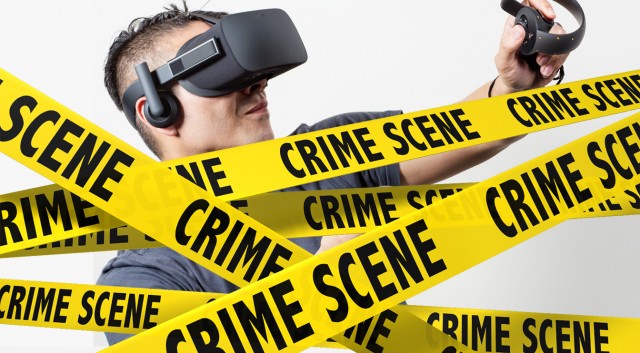The age of digital communications with all its power to reach people instantly, anywhere on the globe, still has shortcomings. The instant communications happening all around us through laptops or mobiles involve two crucial processes i.e. encryption and decryption. These two processes are fundamental to the transfer of our voice and messages to the designated recipient anywhere around the world. While data resides on our devices or when it is being transferred, it is susceptible to interception by government or any other third party. Government intercepts these signals of communications, of the people suspected of wrongdoing with judicial permissions but this ability of the governments to gather intel by intercepting communications has hit a wall with the mass use of end-to-end encryption. The E2EE makes it highly improbable if not impossible to intercept such transmission and here lies the bone of contention between law enforcement and the public use of end-to-end encryption.
In a post-Snowden world, there has been relatively more awareness and interest in the right to privacy regarding digital communications; and in knowing when the government can snoop-in on personal conversations. A majority of the communications taking place today are digital and involve two crucial processes i.e. encryption and decryption. Encryption (which is conversion of information into a code) happens when a message/call is initiated. At the same time, decryption (conversion of code back into useful information) happens when the message/call is received by the recipient. There are multiple nuances in this process; both in the technological aspect and the legal aspect.

